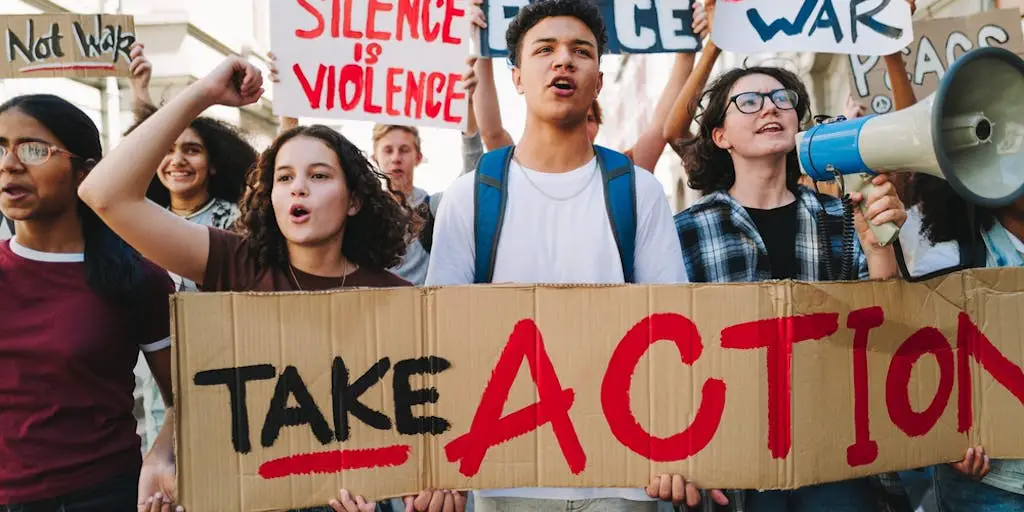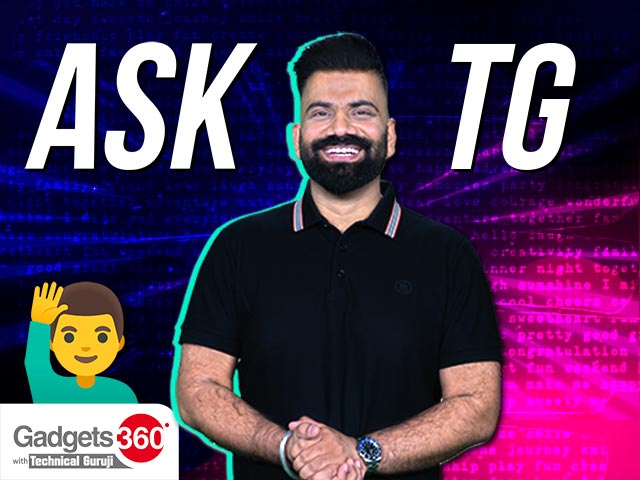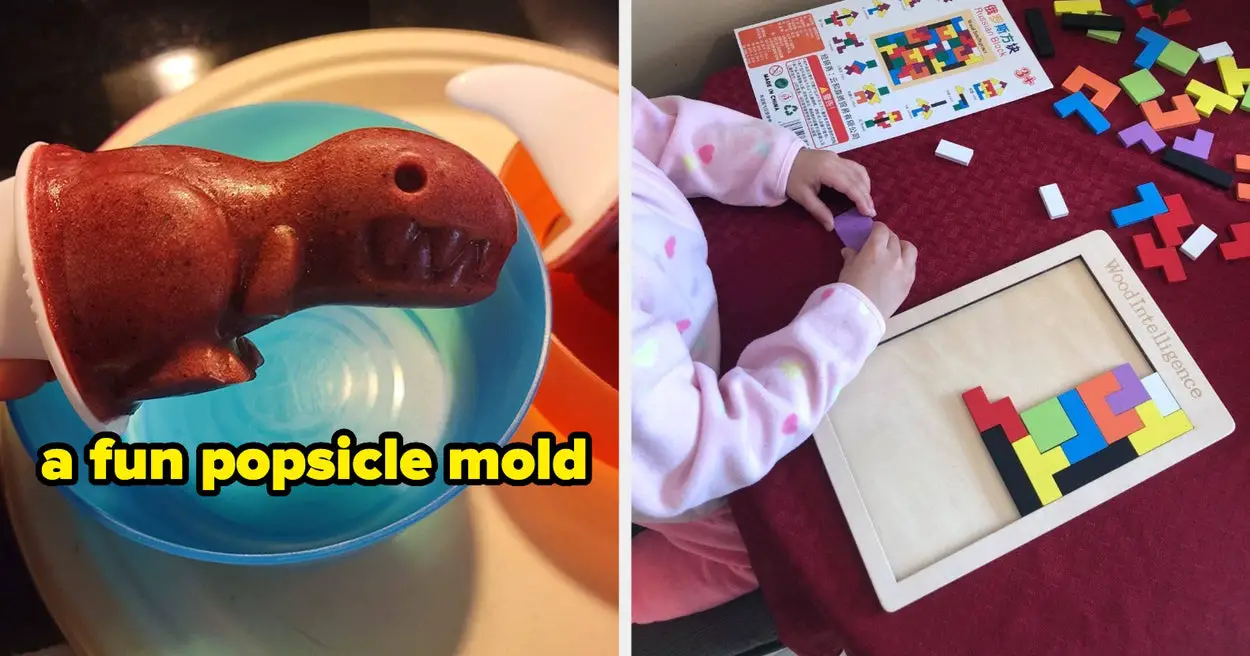In the winter of 2020, I participated in a two-day youth organizing retreat in Detroit. Young people from organizations across the city came together to learn about community organizing, build community and develop a city-wide education justice campaign.
Throughout the retreat, I watched and participated as youth organizers critically analyzed their school experiences and co-created ideas for school improvement campaigns. The physical space of the retreat offered plentiful resources to help everyone meet their needs: flexible seating, break tables for arts and crafts, snacks and affirmation envelopes for each student to write and receive encouraging letters.
The day after the retreat, one student shared in our group chat, “The retreat was actually really fun. Wouldn’t it be cool if our school was actually like that?”
This question invited me to think critically about my experiences as a youth organizer and educator. While youth organizing spaces emphasize young people’s autonomy, knowledge and lived experiences, school spaces often relegate young people to more passive roles such as the learner, listener or rule follower. In my experience, this profoundly impacts how students show up in the classroom.
As a teacher, I’ve had students in my class who were reserved, compliant and disengaged; however, in shared organizing spaces, those same students were active participants, assertive and confident.
How can teachers learn from the practices and principles of youth organizing to create more humanizing, engaging and empowering classrooms? Here are two examples that illustrate the possibilities youth organizing can offer for classroom teachers.
Grounding Learning in Students’ Lived Experiences
Youth organizing often begins with listening to young people talk about their peers about hopes, challenges and barriers they face. Then, leaders build campaigns around the shared experiences within the community.
In the summer of 2020, I worked with youth organizers in Detroit to conduct listening sessions with youth across the city and state; we wanted to support local organizations in developing their own education justice campaigns. A small group of students were trained to facilitate listening sessions and analyze data from conversations among the youth. Before I knew it, they were in Zoom meetings with young people across Michigan, asking questions about their experiences in school, listening compassionately and sharing their own stories.
Across the state, the common thread was mental health in school. In some communities, young people talked about the intensity of academic pressures in the midst of the pandemic increasing stress; in others, it was a lack of support for LGBTQIA+ students.
In Detroit, we learned that students wanted their schools to invest less in policing and security and more in mental health support. “School shouldn’t feel like a prison,” one student shared in a listening session, which prompted head nods and finger snaps in agreement.
Following these listening sessions, youth organizers in Detroit were able to advance a campaign to increase mental health services in schools, feeling grounded in the lived experiences of students across the city.
The process of asking questions, listening and building campaigns around these stories is what makes youth organizing such a humanizing experience. Young people are able to connect their individual experiences to their peers. They feel connected to a community and empowered to advocate for change.
Ultimately, my experience organizing youth-led listening sessions revealed how little teachers truly listen and respond to our students. We create entire units and lesson plans well before meeting them, let alone take the time to build meaningful connections with our students. Instead, by creating structured time and space to listen and learn from our students, we can humanize their lived experiences by making them an integral part of our teaching and learning.
Community Impact and Student Leadership
In 2018, I worked with a group of students who inspired the creation of MIStudentsDream, a community organization focused on immigration and education justice. The organization had just started to form and we were thinking through ways to make schools and classrooms in Detroit safer spaces for immigrant students.
Quickly, we learned that this was a complicated issue. Creating more immigrant-friendly schools requires systemic policy changes at the district and city levels; it also requires shifting teacher practices to build empathy, understanding and support for immigrant students.
The group of students decided they wanted to focus their advocacy on teacher practice. They wanted teachers to understand their experience in school as immigrants and provide teachers with concrete ways to make their classrooms safer and more welcoming spaces.
To achieve this, they planned a youth-led teach-in on immigration justice. They wanted an event where teachers throughout their neighborhood could hear and learn from their stories. With a frame of “I wish my teachers understood…,” seven students shared their stories about why immigration justice is important to their lives and community and how teachers could be more supportive.
In my experience, when students believe that their learning can impact their community – and have the opportunity to be leaders – they participate more readily and authentically.
Over 25 educators showed up and listened to these powerful stories. In the end, the student facilitators asked the educators to answer this question: Now that you’ve heard our stories, what is one thing you will do to support immigrant students? Some of the educators that attended responded in various ways:
“I will commit to learning more about immigration injustices in the community.”
“I will learn about resources for immigrants in the neighborhood, so I know how to support my students when they need it.”
“I will take more time to learn my students’ stories.”
These commitments demonstrated the power and impact of the youth organizers – and the leadership capacity of students that is so often untapped in schools. “I can’t believe we DID that,” one of the student organizers shared after the event.
Teachers often lament that students are disengaged in school. The question I learned to ask myself is: am I giving my students a reason to be engaged? Supporting these youth organizers taught me the power of centering community impact and student leadership in my own curricular planning. In my experience, when students believe that their learning can impact their community – and have the opportunity to be leaders – they participate more readily and authentically.
In education, we often hear that teachers are preparing students for the real world – but students are already living in it. Instead, we can make the choice to honor students’ lives and agency right now. We can humanize their lived experiences by centering their perspectives in our classrooms, and we can engage and empower them by facilitating impactful and student-led learning opportunities. To do so is to see our students as full humans.
Source link











Leave a Reply